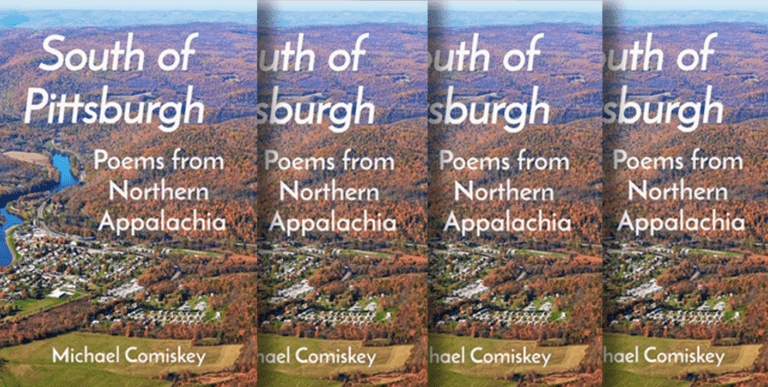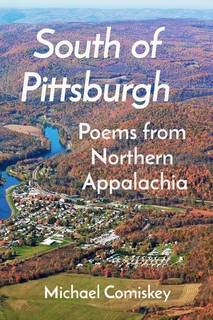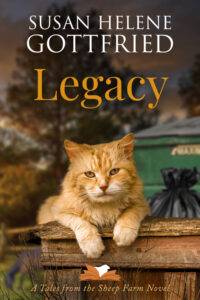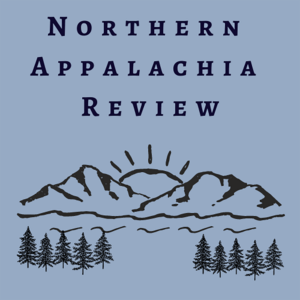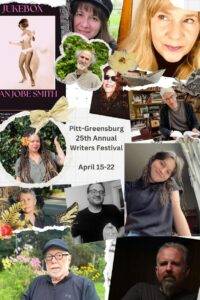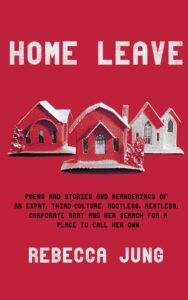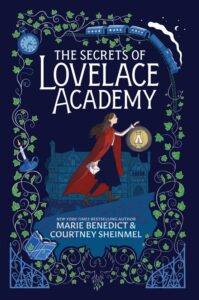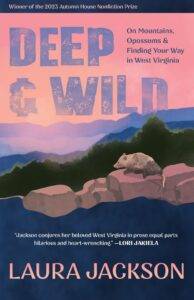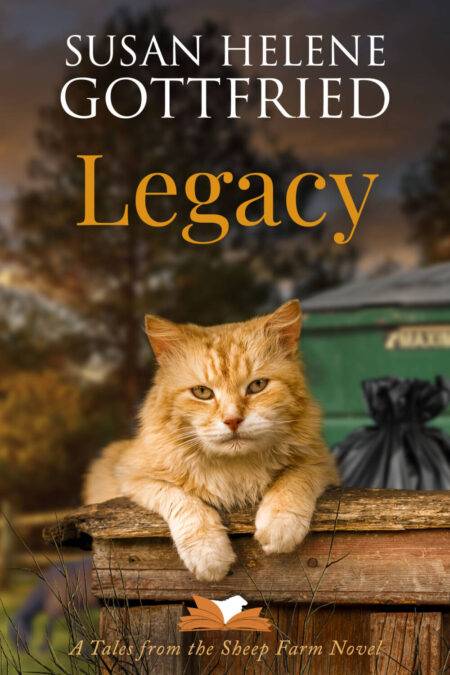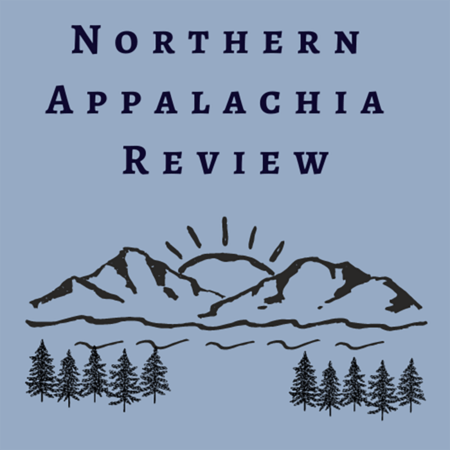From the Publisher: “This volume of Northern Appalachian poetry employs many traditional and modern poetic forms to survey the human and natural landscapes of that unique and often overlooked region. Featured forms include the sonnet, ballad, haiku, ode, villanelle, elegy, found poem, epigram, narrative poem, and blank and free verse. Topics are as varied as the delicacy of the region’s wildflowers, the devastation wrought by mountaintop removal mining, Northern Appalachian folklore, and the state of the region’s working class…”
More info About the Author: Michael Comiskey is a lifelong southwestern Pennsylvanian and a retired professor of political science and economics. His poems have appeared in The Northern Appalachia Review, The Lyric, Rune, and Prize Poems 2023 (Pennsylvania Poetry Society, Inc.).
Author Site
Those who find the winter chill adverse
might rue that time of year whose essence
is waning warmth and light, and desiccation;
yet even they applaud the transformation
of pervasive green to autumnal fluorescence—
the most scenic senescence in the universe—
and bask in the prospect of settling down
to the prescribed perfection of the year,
when all of nature resolves as it should.
And in that placid atmosphere one could
almost swear that all across the hemisphere
peace and pleasant harmony abound.
Then dying leaves engender a disquieting ferment;
the body craves a dwindling sun
that scantily suffices.
No conjured intellectual devices
thwart apprehension of a year soon done
through ineluctable descent.
All those scarlet leaves turned umber
stir wistful thoughts of days gone by
when all the best tomorrows lay ahead;
and one must ask, as Hamlet: To dread
the deepening chill come nigh,
or concur in wintry slumber?
Clean and Green
With New Technologies
Big Morgan Mountain stood three hundred million years,
and saw a thousand ice sheets come and go.
Its slopes held hardwoods nine flights high.
They stripped the trees first.
Then four hundred foot
of mountaintop
—overburden—
was blown through the air
and dumped in the hollows.
A dragline cut 29 inches of
clean coal
from the carcass.
Now a grey stump
two miles square
greets the eye.
An earth and slate dam,
with its deepening pool
of black, sulfurous
coal-wash water sits
above the valley.
In castrate hollows
seep orange, oozy eddies
of iron pyrite—
fool’s gold.
But who is the fool?
And who has the gold?
Nothing can live
in the alkaline soil.
A Mars lander could come here
and not know the difference,
except for the Astroturf softball fields
shown on TV.
You know the ones—
they’re lighted at night.
Ode to Trout Lilies
“Consider the lilies of the field, how they grow;
they toil not, neither do they spin: And yet I say
unto you, That even Solomon in all his glory
was not arrayed like one of these.”
From the Sermon on the Mount
(Matthew 6:27-28)
King James Version
Consider eastern Erythronium,
known better as the yellow trout lily.
It thrusts up leaf-like cotyledons
in the spring—lancelike, smooth, elliptical—
of purplish puce and waxen green.
Atop the stem the perigoneum
reclines as if asleep, its solitary
flower blooming once in seven seasons.
Bright canary-hued, the tepals—petals—
flair toward earth and flex aloft, their sheen
a beacon in the forest; the pendent
pistil and the purple stamens cling
to slender filaments and seem suspended
in mid-air. Almost incomparably shy,
the precious flower blooms a fortnight
after winter. Utterly dependent
on the pallid sun of early spring,
its transitory tenancy is ended
not by hungry herbivores, but high,
exfoliating oaks that hoard the light.
The lily’s speckled leaves resemble so
a trout that Indians believed it meant
a blooming lily signaled time for us
to fish. One wouldn’t dream that random plants
and animals would closely synchronize,
as few would deem a flower would grow
in such a cold and dim environment.
The lily, though, is myrmecochorous—
its fruit is food for colonies of ants;
thus plant and ant—not fish—do synergize.
As for ants, they have no wish to nurture
lily flowers, nor the flowers to assist
the ants, who take the fragile flower’s fruit
to feed their young in subterranean nests.
But bratty ants won’t eat the seeds therein,
and thus begins a paradigm of Mother Nature’s
celebrated skill at symbiosis:
lily seeds in anty refuse heaps take root.
And thus the dainty lily thrives in forests
cool and dim; it toils not, nor does it spin.
This excerpt is published here courtesy of the author and should not be reprinted without permission.


